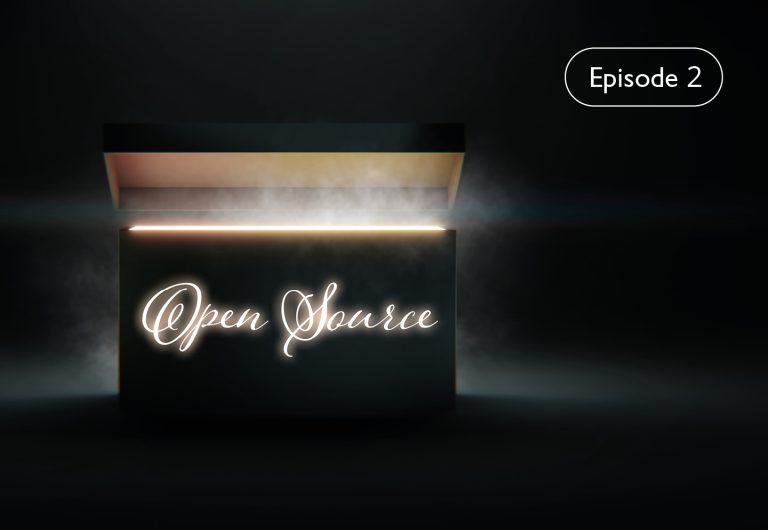Open Source Myth: That Open Source Has Poor Quality

This myth assumes that proprietary companies invest a lot of effort in ensuring that their code is correct and secure, whereas open source projects don’t. But bugs and security flaws turn up in both proprietary and open source code.
In addition to automated tests—often called “regression testing”—proprietary companies usually have quality assurance (QA) teams who run tests in artificial environments. Some open source projects do this too, but in general open source projects rely more on user testing. They benefit by drawing on a broad, diverse range of users, many of whom provide the developers who worked on the features in the first place.
The biggest quality issue for most people is “Mean Time To Repair” (MTTR), the time from when the issue is recognized to when it is resolved. Proprietary products leave the end user customer completely dependent on the producer of the product, because the end user customer can’t fix the product themselves.
It may be that only a single customer experiences that issue, so the developer may consider it a low priority compared to adding new features and all the other problems they have to fix.
Sometimes, also, the customer needs to use an older version of the product, but the producer has moved on to a newer version and is not willing to expend the time and resources in fixing the older version. A well-known example of this is Windows XP, which receives no bug fixes, no new drivers, no security patches, no ports to new hardware etc. even though an estimated 12 million people are still using it.
Many users of free and open source software continue to use old versions that the development team no longer supports, fixing occasional bugs themselves. Customers might choose to do so because they use old hardware that is no longer officially supported, or find that the old software works well and requires fewer resources than the new versions with added features.
The choice to use old versions is an essential aspect of software freedom. In contrast, proprietary vendors often force customers to upgrade not only software, but (as shown with Windows 11) hardware. The threat hanging over customers who refuse to upgrade is that bugs and security flaws won’t be fixed in the old versions. And sometimes the vendor can force an upgrade through its licensing conditions.
<< Read the previous post of this series | Read the next post of this series >>
